Mobile healthcare
C-Reader Handheld terminals are widely used in the field of mobile medical care. They provide medical workers with portable and efficient data collection, storage and transmission tools, thereby improving the quality and efficiency of medical services. The following are several typical applications of handheld terminals in mobile medical care:
1. Electronic medical records and medical records: Medical staff can use handheld terminals to record and manage patients' electronic medical records, including operations such as medical record data entry, update and viewing. This not only improves the accuracy and accessibility of medical records, but also reduces the errors and inconvenience of paper records.
2. Drug management: Handheld terminals can verify the match between drug information and patient identity by scanning the barcode on the drug packaging, reducing the risk of drug misuse. At the same time, it can record the collection and distribution of drugs, realize drug inventory management and traceability, and ensure the safety and compliance of drug use.
3. Medical record management: Handheld terminals allow medical staff to quickly record patients' medical history, changes in condition and other information, and update them to the hospital information system in real time. This not only improves work efficiency, but also enables doctors and other medical team members to access the latest patient information at any time, promoting better collaboration and decision-making.
4. Vital Signs Recording and Monitoring: Medical staff can use handheld terminals to record various vital signs of patients, such as body temperature, blood pressure, heart rate, etc., and input them into the system in real time. The system will automatically check whether these data are within the normal range, provide warnings or feedback, and help to detect abnormal conditions in time and take measures.
5. Telemedicine Consultation: In some cases, handheld terminals can also be used for telemedicine consultation, allowing doctors to communicate with patients through video calls, messaging, etc., to provide preliminary diagnosis or guide treatment suggestions.
6. Health Monitoring and Follow-up: For patients with chronic diseases, handheld terminals can be used to monitor the health status of patients, collect data regularly and send it to doctors for evaluation. This helps doctors understand the long-term trends of patients and adjust treatment plans in time.
7. Patient Education and Self-Management: Handheld terminals can also be used as patient education tools to provide health information, drug instructions, lifestyle suggestions, etc., to help patients better manage their health.
8. Medical Equipment Management: Handheld terminals can be used to manage the use and maintenance of medical equipment, ensure that the equipment is in good condition, and reduce failures and downtime.
The application of handheld terminals in mobile medical care aims to improve the overall efficiency and quality of medical services by improving the real-time and accuracy of data, simplifying work processes, and enhancing the interaction between patients and medical staff. With the advancement of technology, the functions and application scope of handheld terminals are constantly expanding, becoming an indispensable part of the modern medical system.
![]()
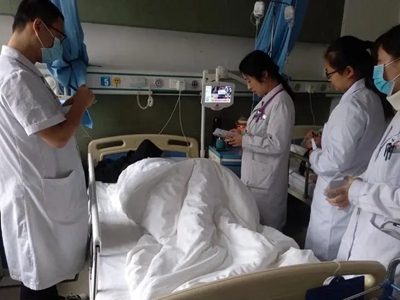
![]()
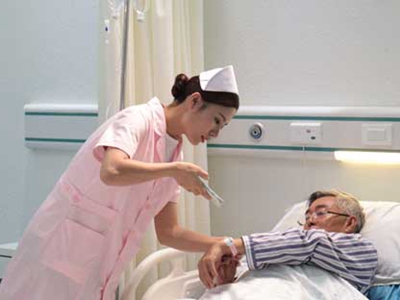 Mobile care
Mobile care
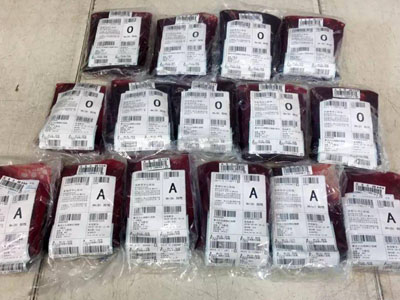 Blood bag management
Blood bag management
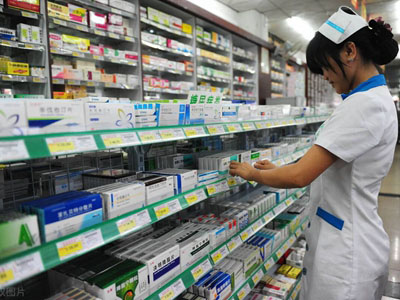 Chain drugstore management
Chain drugstore management
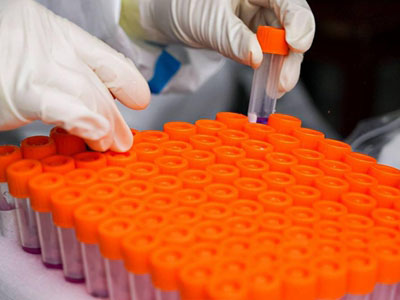 Biospecimen Management
Biospecimen Management